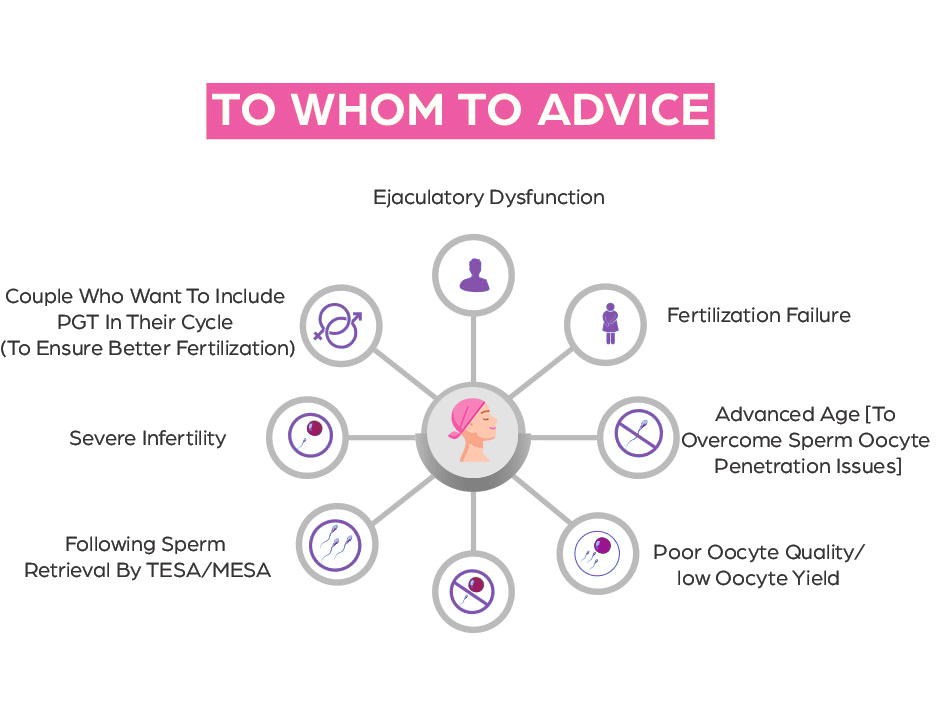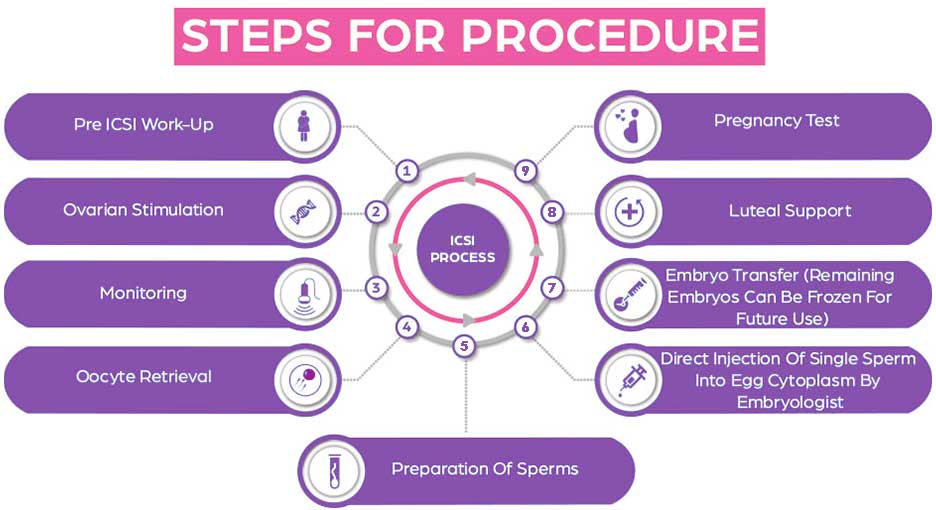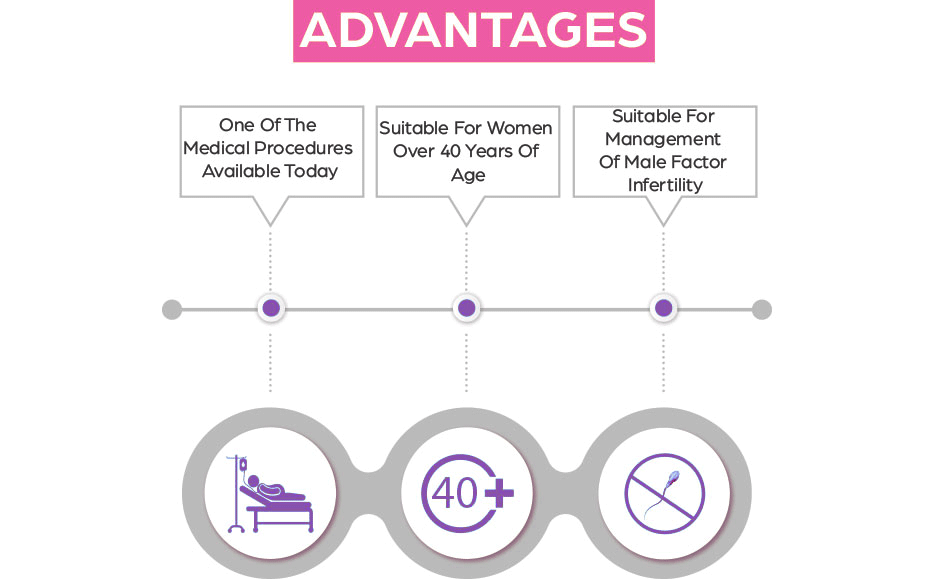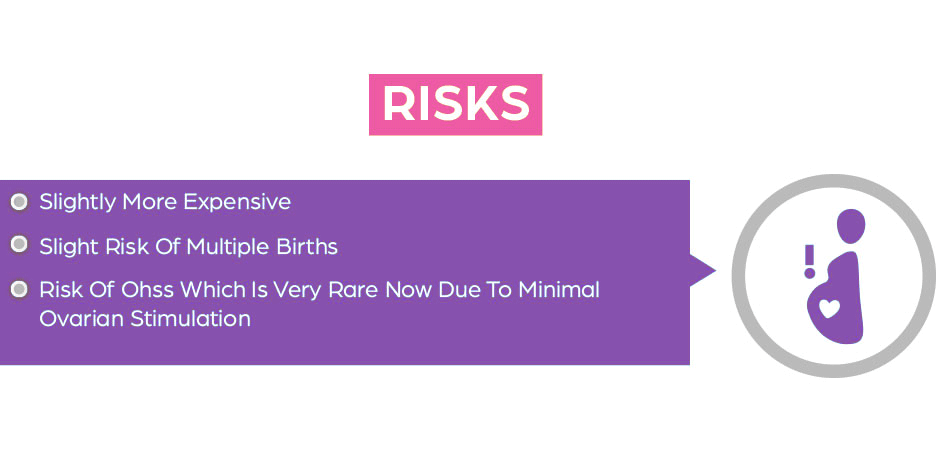ICSI (Intracytoplasmic Sperm Injection)
ICSI is a specialized form of in vitro fertilization that is used most commonly in cases of severe male infertility, after repeated failed fertilization attempts with conventional IVF, or after egg freezing (oocyte preservation). ICSI stands for intracytoplasmic sperm injection.
If a man does not have any sperm in his ejaculate, but he is producing sperm, they may be retrieved through testicular sperm extraction or TESE. Sperm retrieved through TESE require the use of ICSI. ICSI is also used in cases of retrograde ejaculation if the sperm are retrieved from the man’s urine.
Severe male infertility isn’t the only reason ICSI-IVF is used. Other evidence-based reasons for ICSI include:
- Previous IVF cycles had few or no fertilized eggs: Sometimes, a good number of eggs are retrieved, and sperm counts look healthy, but no eggs get fertilized. In this case, during the next IVF cycle, ICSI may be tried.
- Frozen sperm are being used: If the thawed sperm don’t appear especially active, ICSI-IVF may be recommended.
- Frozen oocytes are being used: Vitrification of eggs can sometimes cause hardening of the egg’s shell. This may complicate fertilization, and IVF with ICSI may help overcome this hurdle.
- PGD is being done: PGD (preimplantation genetic diagnosis) is an IVF technology that allows for genetic screening of embryos.
- IVM (in vitro maturation) is being used: IVM is an IVF technology where eggs are retrieved from the ovaries before they were completely mature. They go through the final stages of maturation in the lab. Some research has found that IVM eggs may not become fertilized by sperm cells at rates comparable to traditional IVF. More research is needed, but it may be that IVM with ICSI is a good option.




Procedure
As with regular IVF, Ovarian stimulation drugs are given, and the doctor will monitor the progress with blood tests and ultrasounds. Once enough good-sized follicles are produced, egg retrieval will be done where eggs are removed from ovaries with a specialized, ultrasound-guided needle.
Partner will provide his sperm sample that same day (unless you’re using a sperm donor or previously frozen sperm.)
Once the eggs are retrieved, an embryologist will place the eggs in a special culture and using a microscope and tiny needle, a single sperm will be injected into an egg. This will be done for each egg retrieved.
If fertilization takes place, and the embryos are healthy, an embryo or two will be transferred to the patient’s uterus, via a catheter placed through the cervix, two to five days after the retrieval.
